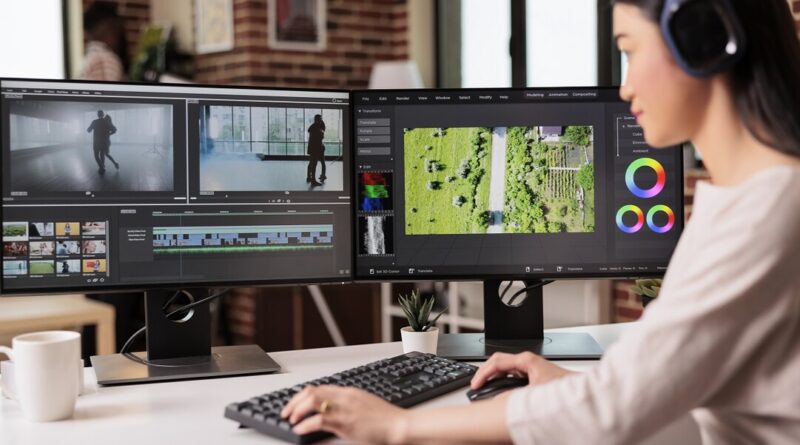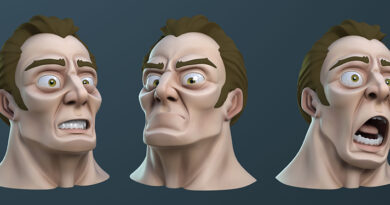Comparing Production Efficiency in 2D vs. 3D Animation
The art of animation has transformed dramatically with advancements in technology, offering filmmakers diverse tools to bring their visions to life. One of the key considerations for creators is whether to opt for 2D or 3D animation, each offering unique advantages in terms of production speed, creativity, and visual impact. Understanding the nuances of each approach can significantly influence the efficiency and timeline of film production.
Speed and Efficiency in 2D Animation: 2D animation is renowned for its simplicity and efficiency in production timelines. Unlike 3D animation, which involves modeling, rigging, texturing, and complex rendering processes, 2D animation focuses on the essentials—drawing and animation. Artists can create characters, backgrounds, and animations relatively quickly, leveraging traditional hand-drawn techniques or digital tools. This streamlined process allows for faster iteration and flexibility in storytelling, making it ideal for projects with tight deadlines or limited budgets.
Complexity and Realism in 3D Animation: Conversely, 3D offers unparalleled realism and depth but typically requires more time-intensive production workflows. The process begins with modeling three-dimensional objects, followed by rigging for movement, applying textures, lighting, and finally, rendering high-resolution frames. While these stages contribute to a longer production timeline compared to 2D animation, 3D offers superior visual fidelity and the ability to create complex environments, characters, and dynamic camera movements, enhancing storytelling possibilities.
Factors Influencing Production Speed: Several factors influence whether 2D or 3D animation is faster for film production:
- Project Scope and Complexity: Simple narratives and stylized aesthetics often benefit from the speed of 2D, while intricate scenes with realistic settings may require the depth of 3D.
- Team Expertise and Resources: The availability of skilled animators, software proficiency, and access to technology can impact production speed in either animation style.
- Budget and Time Constraints: Balancing creative ambitions with budgetary and scheduling constraints is crucial in determining the optimal animation approach.
Case Studies and Industry Trends: Across the animation industry, both techniques continue to evolve, with filmmakers blending approaches to suit project requirements. For instance, hybrid techniques combine the charm of 2D character animation with the visual richness of 3D environments, offering a tailored solution that balances speed and visual impact.
Conclusion: In conclusion, the choice between 2D and 3D animation hinges on project goals, creative vision, and practical considerations. While 2D animation excels in speed and flexibility, 3D animation offers unparalleled realism and complexity. Ultimately, filmmakers can leverage these diverse tools to realize their artistic vision, creating memorable films that resonate with audiences worldwide.




